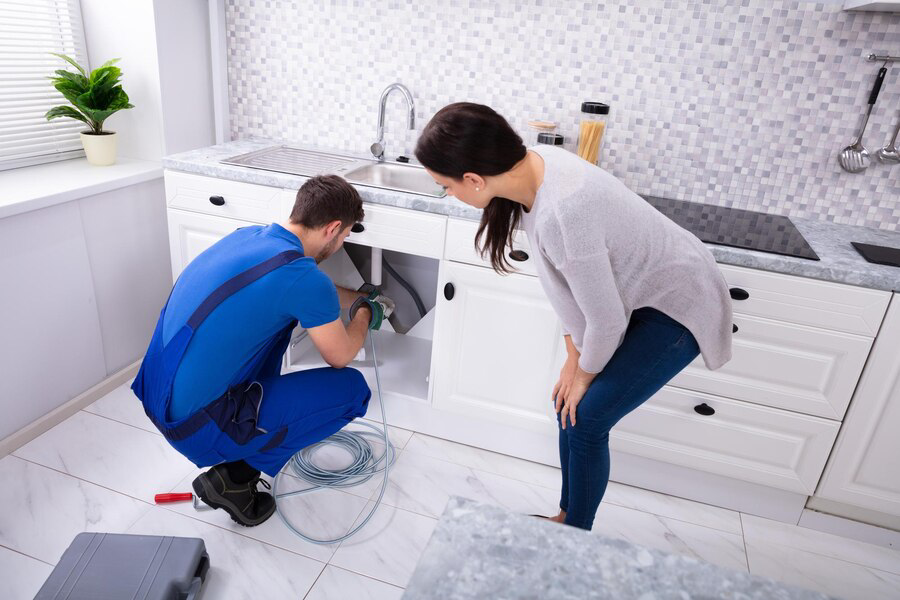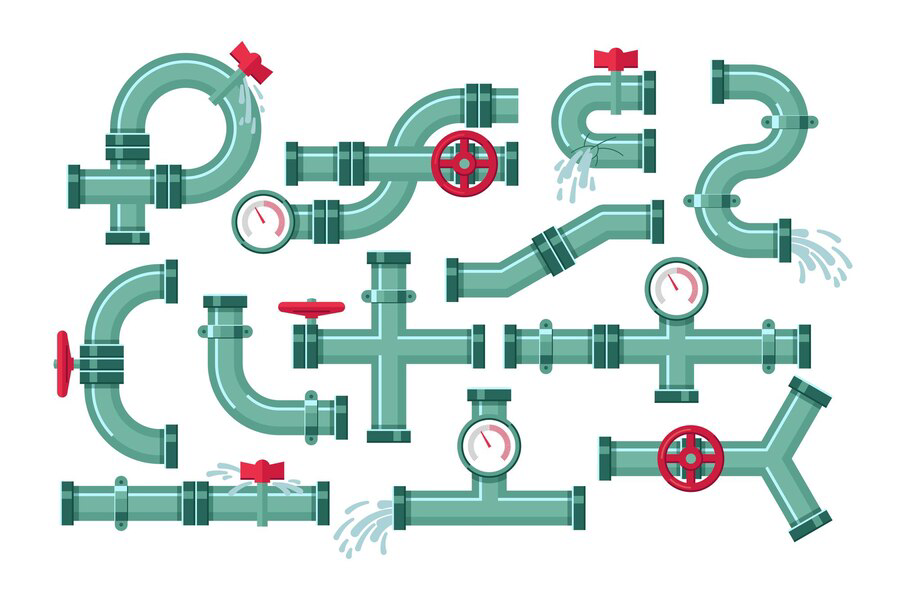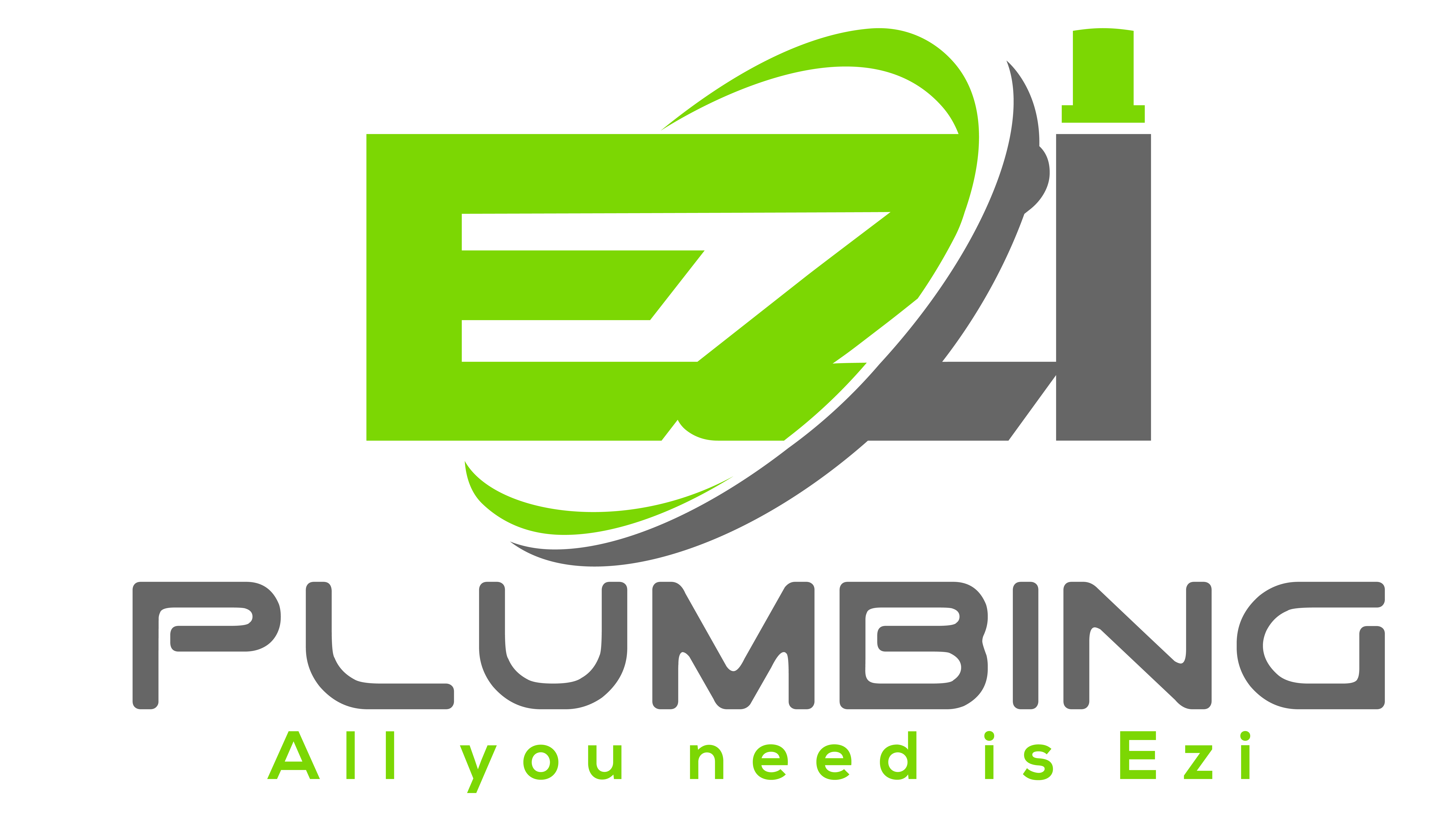Welcome to our comprehensive guide on Plumbing 101: Understanding the Basics of Your Home’s Plumbing System. While often overlooked, your home’s plumbing system plays a crucial role in maintaining comfort and functionality. From delivering clean water for drinking, cooking, and bathing to disposing of waste efficiently, plumbing ensures your daily routines run smoothly. In this blog, we’ll delve into the fundamental components of your plumbing system, demystifying its complexity and empowering you with essential knowledge. Whether you’re a new homeowner seeking to understand your property better or simply curious about how things work behind the scenes, this guide is for you. We’ll cover everything from the main water supply and distribution lines to drainage systems and fixtures. By the end, you’ll have a clearer understanding of how your plumbing functions and be better equipped to address common issues or make informed decisions about maintenance and upgrades. Let’s dive in and unravel the mysteries of your home’s plumbing system!
Introduction to Plumbing: A Beginner’s Guide
Welcome to “Introduction to Plumbing: A Beginner’s Guide,” designed to equip you with the fundamental knowledge and skills needed to navigate the world of plumbing. Whether you’re a homeowner looking to tackle basic repairs or someone interested in pursuing a career in plumbing, this guide will lay the groundwork for understanding plumbing systems, fixtures, tools, and common tasks.

- Understanding Plumbing Systems: In this chapter, we’ll explore the basic components of a plumbing system, including pipes, fittings, valves, and fixtures. You’ll learn about the importance of water pressure, flow, and how plumbing systems operate within buildings. We’ll also discuss the different types of plumbing systems commonly found in residential and commercial properties.
- Plumbing Tools and Materials: A plumber is only as good as their tools. In this chapter, we’ll introduce you to the essential tools and materials used in plumbing work. From wrenches and pipe cutters to sealants and soldering equipment, you’ll learn about the purpose of each tool and how to use them safely and effectively.
- Common Plumbing Repairs: Leaky faucets, clogged drains, and running toilets are common issues faced by homeowners. In this chapter, we’ll walk you through step-by-step instructions for troubleshooting and repairing these common plumbing problems. You’ll gain confidence in your ability to tackle minor repairs and save money by avoiding unnecessary service calls.
- Installation of Plumbing Fixtures: Installing new plumbing fixtures can improve functionality and aesthetics in any space. This chapter will cover the installation process for sinks, toilets, showers, and more. We’ll provide detailed guidance on proper measurements, connections, and sealing techniques to ensure a professional-quality installation.
- Plumbing Safety and Regulations: Safety should always be a top priority when working with plumbing systems. In this chapter, we’ll discuss essential safety precautions to prevent accidents and injuries on the job. Additionally, we’ll outline common plumbing codes and regulations that govern installation and repair work to ensure compliance with legal requirements.
The Pipeline Puzzle: Exploring Different Types of Pipes
Welcome to “The Pipeline Puzzle,” a journey into the complexity of pipes and plumbing materials. Throughout this exploration, we’ll navigate the intricate network of plumbing systems, uncovering the diverse array of pipes utilized and their distinct qualities. From traditional metal pipes to innovative composite materials, we’ll dissect each type’s strengths and weaknesses, unveiling the optimal applications for their use. Whether it’s the durability of metal, the versatility of plastic, or the specialized functionality of composite pipes, our quest is to demystify the world of plumbing, empowering readers to make informed decisions in designing and maintaining efficient and reliable plumbing systems.

Introduction to Pipes
Pipes are the backbone of any plumbing system, transporting water, gas, and waste throughout homes, buildings, and infrastructure. In this chapter, we’ll provide an overview of the importance of pipes in plumbing, their basic anatomy, and the factors to consider when selecting the right type of pipe for a specific application.
Metal Pipes
Metal pipes have historically been indispensable in plumbing systems owing to their resilience and robustness. In this chapter, we delve into the distinctive characteristics of various metal pipe types, including copper, galvanized steel, and stainless steel. Copper pipes, renowned for their corrosion resistance and malleability, are frequently employed for water supply lines, heating systems, and refrigerant lines. Galvanized steel pipes, coated with zinc for corrosion protection, excel in outdoor applications such as water distribution lines and fencing. Despite their susceptibility to rust over time, their affordability makes them a popular choice.
Plastic Pipes
Plastic pipes have gained popularity in recent decades due to their affordability, flexibility, and corrosion resistance. In this chapter, we’ll examine various types of plastic pipes, including PVC (Polyvinyl Chloride), CPVC (Chlorinated Polyvinyl Chloride), PEX (Cross-linked Polyethylene), and HDPE (High-Density Polyethylene). We’ll delve into their unique characteristics, installation methods, and suitable applications in residential and commercial plumbing systems.
Composite Pipes
Composite pipes combine the strengths of different materials to offer enhanced performance and versatility. In this chapter, we’ll discuss composite pipes such as PPR (Polypropylene Random Copolymer), which combines the advantages of plastic and metal pipes. We’ll explore their features, installation techniques, and the benefits they bring to plumbing systems.
Specialty Pipes
In the realm of piping materials, alongside the conventional metal, plastic, and composite options, specialty pipes have emerged to cater to distinct application needs. This chapter focuses on elucidating the features of specialty pipes, including flexible gas lines, corrugated stainless steel tubing (CSST), and polybutylene pipes. Flexible gas lines offer pliability and ease of installation, particularly suitable for retrofitting existing structures and navigating tight spaces in residential and commercial settings. Corrugated stainless steel tubing (CSST) presents a flexible, corrosion-resistant solution for gas distribution systems, prized for its adaptability and resistance to punctures and leaks. Polybutylene pipes, though once popular for their cost-effectiveness and flexibility, have faced
Conclusion
Delving into the fundamentals of a home’s plumbing system is essential for every homeowner, as it lays the groundwork for efficient maintenance and troubleshooting. Through this comprehensive guide provided by EZI Plumbing in Chain Valley Bay, NSW, Australia, individuals gain valuable insights into the intricate workings of their plumbing infrastructure. By understanding the basics, homeowners can better recognize potential issues, effectively communicate with professionals, and ultimately ensure the smooth functioning of their plumbing system for years to come. For any further inquiries or assistance, EZI Plumbing can be reached at +61 448467788, offering reliable expertise and services tailored to meet the unique needs of residents in the area.

